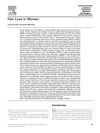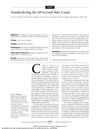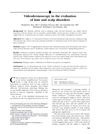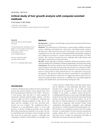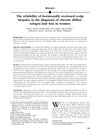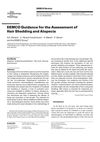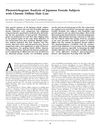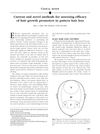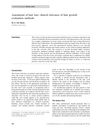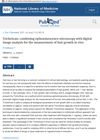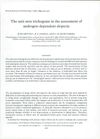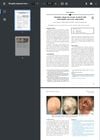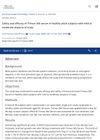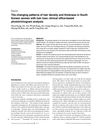Hair Evaluation Methods: Merits and Demerits
January 2009
in “
International Journal of Trichology
”
non-invasive methods semi-invasive methods invasive methods questionnaires global photography trichogram scalp biopsy dermatoscopy hair weight determination phototrichogram female pattern hair loss FPHL non-invasive semi-invasive invasive global photos hair pull test skin scope hair weight hair photo analysis female hair loss
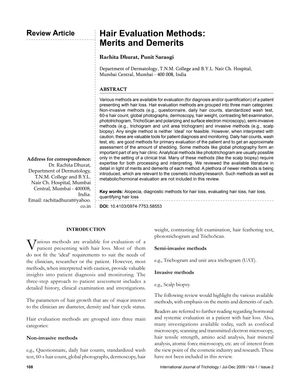
TLDR Different hair evaluation methods have their own pros and cons, and using multiple methods together is best for accurate hair loss diagnosis and tracking.
The 2009 document reviews various methods for evaluating hair loss, categorizing them as non-invasive, semi-invasive, and invasive. It highlights that no single method is ideal, and a combination of methods is recommended for accurate diagnosis and monitoring. Non-invasive methods like questionnaires and global photography are useful but can be subjective, while semi-invasive and invasive methods like trichogram and scalp biopsy provide more precise data but can be painful and require expertise. Dermatoscopy is a quick diagnostic tool, while hair weight determination is challenging and not FDA-recognized for evaluating hair growth treatments. The phototrichogram is non-invasive but time-consuming, and scalp biopsies are essential for diagnosing certain conditions but are invasive and not representative of the entire scalp. The document concludes that while each method has advantages and limitations, they are valuable for diagnosing and monitoring hair and scalp conditions, with global photography and questionnaires being significant for clinicians, phototrichogram suitable for clinical trials, and scalp biopsy diagnostic for female pattern hair loss (FPHL) but underutilized.

